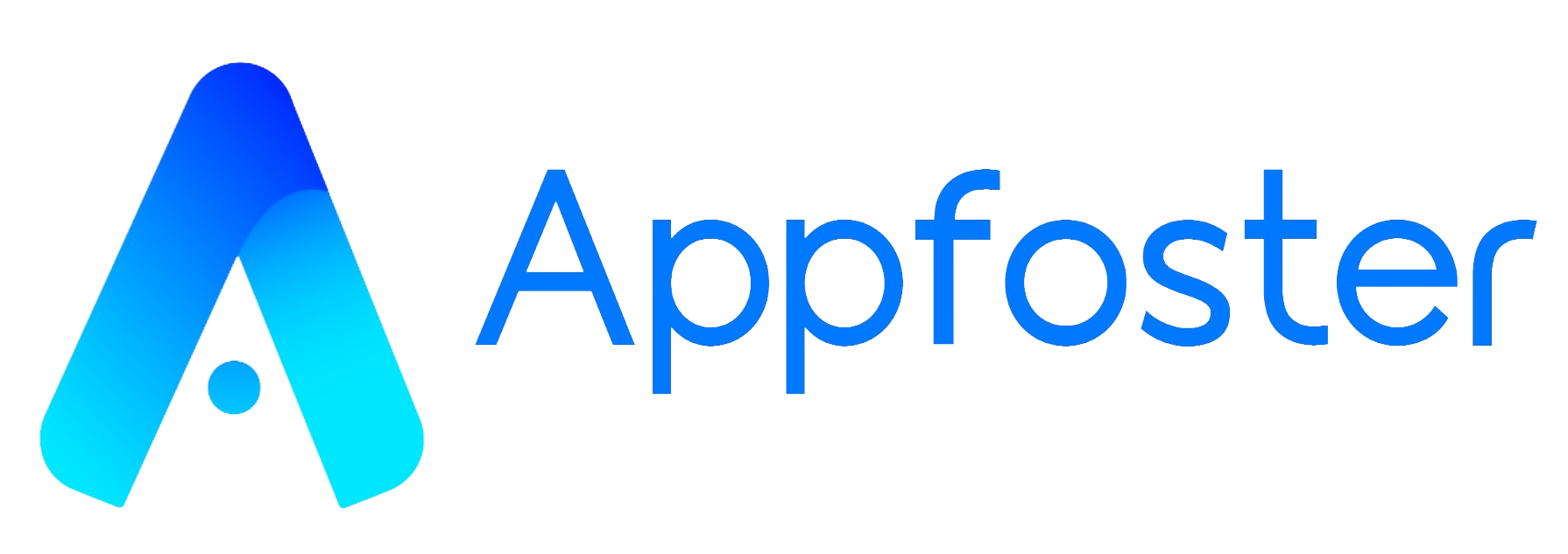Web 2.0 vs Web 3.0 : What’s New ?

Have you ever wondered how the internet has changed over the years? From simple web pages to complex social networks, the internet has come a long way. In recent years, we’ve seen the rise of Web 2.0, the interactive and social web that we use every day. But now, a new generation of the internet is emerging – Web 3.0. We’ll focus on a more thorough look at the key differences between Web 2.0 and Web 3.0 in this blog, exploring the advantages and potential drawbacks of each. So let’s dive into Web 2.0 vs Web 3.0 and explore the future of the internet!
What is Web 2.0?
Web 2.0 is essentially the second phase of web development, which began in the early 2000s. During this period, the internet became a lot more interactive, with the rise of social media platforms, blogs, wikis, and other collaborative websites. In contrast to the static, one-way communication of Web 1.0, Web 2.0 was all about user-generated content and user participation.
Key Features of Web 2.0
Some of the key features of Web 2.0 include:
- Social networking: Social media platforms such as Facebook, Twitter, and LinkedIn allowed users to connect and interact with each other on a massive scale.
- User-generated content: Websites such as Wikipedia, YouTube, and Flickr allowed users to create and share their own content, such as articles, videos, and photos.
- Rich internet applications: Web applications such as Google Maps, Gmail, and Google Docs allowed users to perform complex tasks using a web browser, without the need for desktop applications.
- Blogs and wikis: Blogs and wikis provided users with a platform to express their opinions and share information with others.
Advantages of Web 2.0
One of the biggest advantages of Web 2.0 was that it allowed for a lot more interactivity and collaboration than Web 1.0. Users could create their own content, interact with others, and participate in online communities. This led to the rise of social media influencers, user-generated content marketing, and the democratization of information.
Potential Drawbacks of Web 2.0
However, there were also some potential drawbacks, such as the risk of cyberbullying, online harassment, and the spread of fake news. Social media algorithms have also been criticized for promoting echo chambers and filter bubbles, where users are only exposed to content that confirms their existing beliefs.
What is Web 3.0?
Web 3.0 is sometimes referred to as the “Semantic Web,” and it’s all about using artificial intelligence (AI), machine learning, and blockchain technology to create a more decentralized, intelligent, and secure internet.
Key Features of Web 3.0
Some of the key features of Web 3.0 include:
- Decentralization: Web 3.0 is all about decentralization, with the aim of creating a more resilient, censorship-resistant, and democratic internet. This is achieved through the use of blockchain technology, which allows for secure, transparent, and decentralized transactions and data storage.
- Artificial intelligence: Web 3.0 also leverages the power of AI and machine learning to create more intelligent and personalized user experiences. This includes chatbots, voice assistants, and other intelligent agents that can understand and respond to user queries and preferences.
- Smart contracts: In addition, Web 3.0 introduces the idea of “smart contracts,” which are self-executing contracts in which the conditions of the contract between the buyer and seller are directly encoded into lines of code.
- Internet of Things : The IoT is a network of devices, vehicles, and appliances that are connected to the internet and can communicate with each other. This includes everything from smart home devices like thermostats and security cameras, to industrial machines and self-driving cars.
Advantages of Web 3.0
Web 3.0 offers several advantages over Web 2.0, including:
- Decentralization: By leveraging blockchain technology, Web 3.0 aims to create a more decentralized internet that is less vulnerable to censorship and hacking.
- Better user experience: Web 3.0 promises to deliver a more personalized and intelligent user experience, thanks to the use of AI and machine learning.
- Greater security: With the use of blockchain technology, Web 3.0 promises greater security and transparency, making it more difficult for hackers to breach data and compromise user privacy.
- Improved efficiency: The use of smart contracts in Web 3.0 can help automate tasks, reducing the need for intermediaries and streamlining transactions.
Potential Drawbacks of Web 3.0
While Web 3.0 offers many potential benefits, there are also some potential drawbacks to consider, including:
- Technical complexity: The use of blockchain technology and other advanced technologies can make Web 3.0 more technically complex, requiring specialized knowledge and expertise to navigate.
- Integration challenges: Web 3.0 is still in its early stages, and integrating it with existing web technologies and infrastructure can be challenging.
- Regulatory uncertainty: As with any new technology, there is regulatory uncertainty surrounding Web 3.0, particularly in areas such as data privacy and security.
Web 2.0 vs Web 3.0: A Comparison
So how do Web 2.0 and Web 3.0 compare? Here’s a breakdown of some of the key differences between the two:
- User participation: Web 2.0 was all about user participation and user-generated content. Web 3.0 takes this to the next level with the use of decentralized networks and blockchain technology. it allow users to participate in a more secure and transparent way.
- Intelligence: Web 3.0 promises to deliver a more intelligent and personalized user experience, thanks to the use of AI and machine learning. Web 2.0, while interactive, was more static and less personalized.
- Security: the use of blockchain technology, Web 3.0 promises greater security and transparency. Web 2.0, on the other hand, was more vulnerable to hacking and cyber attacks.
- Decentralization: Web 3.0 is all about decentralization, while Web 2.0 was more centralized, with power and control held by a small number of corporations.
- Technical complexity: Web 3.0 is more technically complex than Web 2.0, requiring specialized knowledge and expertise to navigate.

Here’s the overview of key differences between Web 2.0 and Web 3.0 based on certain parameters:
| Parameters | Web 2.0 | Web 3.0 |
| Focus | Content sharing, social networking, user-generated content | Decentralization, privacy, and security |
| Technology | HTML, CSS, JavaScript, AJAX, PHP, SQL | Blockchain, smart contracts, IPFS, decentralized storage, AI |
| Control | Centralized control by companies | Decentralized control by users |
| Data Ownership | Owned by companies | Owned by users |
| Monetization | Ad-based revenue models | Token-based revenue models, micropayments |
| Identity | Centralized identity systems | Decentralized and self-sovereign identity systems |
| Interoperability | Limited interoperability between platforms | Improved interoperability through standards and protocols |
| Transparency | Limited transparency in data and decision-making | High transparency in data and decision-making |
| Scalability | Scalability challenges with increasing usage | Scalability solutions like sharding, sidechains, and state channels |
| Regulation | Minimal regulation | Evolving regulation and compliance challenges |
| Use Cases | Social networking, content sharing, e-commerce, online advertising | Decentralized finance, gaming, social networking, digital identity, supply chain management, voting systems |
| Challenges | Privacy concerns, censorship, fake news, platform manipulation | Scalability, interoperability, adoption, regulatory challenges, user experience |
Conclusion
Web 2.0 and Web 3.0 represent two distinct phases of web development, each with its own unique features, advantages, and potential drawbacks. While Web 2.0 was all about user participation and interactivity, Web 3.0 takes this to the next level with the use of blockchain technology and AI, promising a more decentralized, intelligent, and secure internet. Ultimately, which one is the better fit for your needs will depend on your specific goals and requirements, but understanding the differences between the two can help inform your decision-making process.
At Appfoster, we believe that the key to success in the digital age is innovation and collaboration. By partnering with us, businesses can tap into our expertise and experience in Web 3.0 technologies, and stay ahead of the competition. Whether you’re a startup or an established enterprise, we can help you leverage the latest technologies to achieve your goals and drive growth.
So if you’re looking to stay ahead of the curve in the digital age, and take advantage of the opportunities presented by Web 3.0, look no further than Appfoster. Contact us today to learn more about how we can help you succeed in the new generation of the internet.


